|
Enjoy this guest post from Mariah Neleson, a student in my Biology 100 class this semester. With the cold weather this April, we weren't sure what weather conditions we'd have for our work day at Lake Katherine, but nevertheless, we headed out to engage in hands-on stewardship. I heard the birds chirping, felt the sun shining, and sensed the excitement. Our Biology 100 lab class finally got to take a walk and be in the nature we have been talking about and studying. In anticipation we brought raincoats and work shoes, not quite sure what we were getting ourselves into. We took the 7 minute walk down the street of Trinity’s campus and into the nature reserve (Lake Katherine) parallel to the busy street named College Drive. We were soon on a paved path under the shining sun awaiting instruction for the next few hours. After a short introduction, we all grabbed some work tools and went to work on the prairie looking hill alongside of us. Lake Katherine is a nature preserve and botanical gardens located in the Southwest suburbs of Chicago. It was established to provide opportunities for education for everyone to have a place to connect with nature. It also gave opportunities for the environment to grow and flourish without being destroyed with the growth of business and economy. With the establishment of the nature preserve, natural species had the opportunity to grow and develop and be preserved. However, with natural growth, there were also ample opportunities for invasive species such as buckthorn to grow and develop. Buckthorn is a plant that originated in Asia and Europe and was brought over to North America at some point in time. Now it has been named an invasive species because it steals nutrients and sunlight from native species that are healthy and beneficial to the environment. Our job on April 5 was to clear out the buckthorn from the prairie hill. We also came across other invasive species such as honeysuckle. Throughout the workday, as I worked under the sun and alongside of peers, surrounded by the beauty of creation, I was reminded of the goodness of God. In the beginning of the creation of the world, God put human beings on the earth to care for it and be stewards. With the fall came the brokenness of human beings and the sins that come with it. We have destroyed and polluted creation with our own selfish ambitions. Being back in nature reminded me of the call that was put on us in the beginning and the continuation of that call in our own lives today. To care for and restore creation and to partner with God to be shalom bringers. By spending a few hours on a Thursday afternoon clearing out a species that has invaded and taken over, I got to join in God’s redemption plan for creation: that everything will be restored in perfection and glory when Jesus comes again. Mariah Neleson
0 Comments
Photos from field cameras along the Navajo Creek on Trinity's campus, showing wood ducks and raccoons, just a small sample of the diversity seen in our suburban landscape. How much wildlife could there be on a college campus in a suburb of Chicago? Well, quite a lot actually. Efforts to catalog and understand biodiversity on our campus have been ramping up. Field cameras were first launched around campus in the fall of 2015 as part of a Conservation Biology class, and students have been working on the project since then both as independent research projects and as part of their coursework. Yes, we see a lot of common species of the suburban landscape, such as raccoons and squirrels. However, we can see them in unique ways, such as the raccoons gathering at night to feed on stream invertebrates. We also see species that tend to be more timid, such as the woods ducks. In my many walks along the Trinity Trail that follows Navajo Creek, I've never seen a wood duck with my own two eyes. However, we know they are frequent visitors based on how often we see them in our photographs. These field cameras are wonderful, but they generate a lot of data! That's why we are working on an effort to get help in looking at all of these photographs. The Zooniverse website hosts various citizen science efforts, which allow anyone willing to put in some time and effort to help out with scientific projects, many of which are analyzing photographic data. I've just started putting together a project through their website, and when it's ready, I'll be sharing the link so that you can share in our efforts as well. I'm excited about getting the broader community involved in this effort. Not only does it help our scientific endeavor, but it's also a way to get to know the local wildlife better and gain a deeper sense of place. Here's our Zooniverse project in progress
On this chilly December day with snow flurries, it may be hard to remember the hot days of September. I've been meaning to share this additional guest post on from a member of my Environmental Science class this semester, so here it is.
Thursday, September 21: A sweltering 94 degrees with record high degrees for that day. And what do we have planned for that day in Biology 102? Doing physical labor outside for a couple hours. While this gave many opportunities to complain and whine, I think our class did well considering the conditions. We went to Lake Katherine on this day for our lab time. Lake Katherine is a nature center and botanic garden. The area includes woodlands, prairie, wetlands, gardens, and a 10-acre lake. There is a trail that runs through some of the park. Our class walked over from Trinity Christian College and it was pretty close right there by the path. We were working on a hill that was mostly prairie and some woodlands. While there, we were trying to cut down invasive species, which are plants that are not native to this area that spread and cause damage to the environment and our ecosystem. The most common invasive species we were cutting down was buckthorn which had a skinny trunk and oval green leaves. Sometimes, it was hard to tell if the plant was invasive or not, and we had to be careful not to cut down the good plants. Why do this type of work and ecological restoration? Invasive species can wipe out some of our native species, so cutting down the invasive species to restore the ecology can increase biodiversity. This means we can have the native species back promoting a variety of species in the area which God intended. He wants plants to live in unity with each other, just like humans should. We are to take care of this earth He has created and restore the earth back to its perfect form. Even though we sweated through everything that day and some poison ivy was found that gave itchy aftereffects, the important thing is that we were taking care of God’s earth and learning more about His creation. Alyssa Harms
The following is the first in a set of guest posts written by students in my Environmental Science course this semester. Enjoy!
The sun beat down on the afternoon of Thursday, September 21 pushing temperatures to mid-90’s, but the heat was no match for the environmental science crew. During our lab time, we strolled a few blocks from campus to care for a prairie located on the outskirts of Lake Katherine Nature Center. The bluff the prairie was located on was formed when workers removed soil for the development of the Cal Sag channel. Now, this soil plays a large role in providing habitat to several natural organisms. Our class’s job was to remove invasive species that were hindering the native species from thriving. These invasive species were most commonly woody species such as Buckthorn and Honeysuckle. These invasive plants were so successful in the Lake Katherine environment that they hindered natural species from growing to their full potential. It is the hope of the local environmentalist group that they will soon be able to conduct a controlled burn on the prairie bluff. This will aid in removing invasive species, but also return precious nutrients to the soil. As Christians, we are called to be environmental stewards. This means that we are to use creation, but also care for it. Lake Katherine can be a great example of stewardship. The Cal Sag Channel was created, but the excess soil was not hauled away to serve no purpose, rather it is now the habitat to a prairie teeming with natural plants and animals. We used creation to create the Cal Sag Channel, yet also cared for creation in using the construction to benefit the local ecosystem. It is also important that we as Christians are willing to donate our time to care for God’s earth. On Thursday, we took time to pick up trash and cut down invasive plants. We are caring for an earth that does not belong to us, but stands as a showcase of God’s power and glory. Jordan VandeKamp Trinity Christian College faculty attending the March for Science Chicago: myself, Dr. VanderWoude (Chemistry), and Dr. Carlson (Biology) On April 22, Earth Day, my family and I took the train into downtown Chicago, got off at the VanBuren stop, and headed the to March for Science in Chicago. According to estimates, we were joined by about 40,000 or so other people in the Chicago march. Later in the march, we met up with two other faculty members from my college as well. The march, of course, brought people from many walks of life. Many who are scientists themselves, but also many others who recognize the importance of science and the thoughtful use of scientific information. I especially wanted to to be there to stand up for the importance of science as a Christian. I see science as a gift from God that allows us to understand and care for His creation. While the media may often portray science and faith as being at odds with one another, that's not really a fair portrayal. God created the world and everything in it, and he also gave humans the minds and abilities to investigate that creation. When we make discoveries in science, we are discovering God's work in the world. I see that as especially important in the context of earthkeeping; God calls us to be stewards of the earth and its biodiversity. We need good science to be good stewards and to protect the planet and all that it provides for people across the world. Some people had voiced concerns that the march might be too politicized. However, I was pleased to see a number of signs speaking to the fact that people of different political persuasions could all stand together to support science. If you look at the mission of the March for Science, you will see that indeed there is a political aspect in that part of the mission is that policy will be informed by scientific information. However, this should be the case for all political leaders and political parties. As a Christian, I recognize that we need more than science. For example, climate science can tell us about changing weather patterns and rising seas, but ethics and faith speak to the need to act on these problems to minimize their negative impacts on those who are most vulnerable. If you'd like to read more about what some other Christian are saying about their faith and the March for Science, check out what was written by the president of Biologos, Deborah Haarsma, and by biblical scholar Chris Smith whom I had the privilege to get to know when he volunteered with Graduate Intervarsity Christian Fellowship. Standing up for science with the whole family
source: USA National Phenology Network, www.usanpn.org Spring is rapidly approaching the Chicago area, and that's based on more than just the fact that it's almost March 20, the spring equinox. The Spring Leaf Index you can see above shows the arrival of spring in the southern half of Illinois already, based on temperature data. How was this index determined? Well, it all comes back to plants. Historical data on seasonal changes in plants, in particular lilacs and honeysuckles, were related to changes in temperature, which are then predictive of a broader array of spring activity in other species, such as leaf emergence and spring flowering. The National Phenology Network's data indicates that spring is arriving 2-3 weeks early in many parts of the country. Check out their animated map showing the spring index anomaly, which basically shows how much this year differs from the average. As much as I enjoy a warm sunny day, the trend of warm winter weather is troubling given all that we know about the damaging effects of climate change. Looking back over my own posts, it was just January last year that I wrote about "A Dose of Mild Winter Weather." Below is a temperature anomaly map for January of this year (February's data hasn't been released in this format yet). You can see that the Eastern US had higher than average temperatures, and NOAA reports that globally it was the third warmest January during the recorded period since 1880. In February, I started adding to my own observations to submit to the National Phenology Network, though their Nature's Notebook citizen science effort. My pussy willow tree is already beginning to flower, and the buds on my red maple tree are swelling and looking like they may be opening soon. I'll be able to see how the seasonal changes in my own yard compare between this year and previous years when I've recorded data, but my data will also be part of a much larger database that scientists can use to continue to evaluate how species and ecosystems are being and will be affected by climate change.
Climate change is a major global issue, and it's easy to feel overwhelmed. However, rather than getting stuck in the mode of feeling we can't make a difference, we can take more proactive steps. Continued data collection and scientific analysis are critical, and anyone can contribute through programs such as Nature's Notebook, Project Budburst, or some of the citizen science efforts that are a part of Zooniverse. From a standpoint of speaking towards policy, consider looking into and supporting the Paris Agreement on climate change, which is a worldwide effort to reduce greenhouse gas emissions. Read the letter to Congress put together by the Young Evangelicals for Climate Action (YECA), and see if you might add your voice with Christians calling for governmental response to the issue. Pray that we all may have wisdom as individuals, organizations, nations, and a global community as we approach the problem of climate change.
This past week I had the opportunity to visit the Garfield Park Conservatory with students in my Survey of Plants and Animals course. Although driving a 12 passenger van there is not my most beloved of tasks, this is a field trip I look forward to each year. Wandering through the different rooms of the conservatory, you get a sense of the incredible diversity of species on our planet, as well as the diversity of habitats that plants inhabit. Flowering plants often steal the show, so to speak, and dominate the Spring Flower Show. However, don't miss the beauty of the plants that don't "advertise" with showy reproductive parts. In the Fern House you will find a plethora of seedless plants, such as mosses, liverworts, and ferns of all kinds. These species reproduce and disperse using spores. This year seemed to be a particularly good year for fern reproductive activities in the Conservatory, as sori (the structures that contain fern spores) could be found on the undersides of many a fern's leaf. The Fern House also houses an extensive collection of cycads, which are a type of gymnosperm. These plants do produce seeds, but the seeds are "naked" in the sense that they lack the exterior coating of a fruit. Among these plants, one might imagine strolling along the path and encountering a dinosaur or other prehistoric creature. The angiosperms, or flowering plants, should receive their due as well. In the Sugar from the Sun garden, many edible plants are on display--bananas, oranges, grapefruit, vanilla orchids, and the chocolate tree. Angiosperms have given us the great benefit of their many types of fruits. All angiosperms produce fruits in the botanical sense, as fruits are the mature ovary of the plant's flower (sound delicious, doesn't it?). Not all of the them are edible, but I am certainly grateful for all the delicious foods that we do get from fruits. And just think...not only does God's creation sustain all this amazing diversity in the plant world, but these plants then provide for all kinds of other creatures--ourselves included. Palm House
Do you stop to inspect the small details of nature? Do you ever pause, perhaps stoop down low to the ground, and soak in all the amazing and interlocking parts of God’s creation? In my Ecology class this semester, I was inspired to take more time to observe the small details of the natural world. This inspiration began earlier this year with my trip to the National Conference on Undergraduate Research in March. One of the plenary speakers was David George Haskell, author of the book The Forest Unseen. He spoke about this book project, which involved his journey into the woods of Tennessee on a regular basis to observe the activity and intricacies of nature in a one square meter area of the forest. His vibrant way of describing this endeavor heightened my excitement over teaching Ecology the following semester. His insights ranged from using our sense of smell to gain insight into the microbial world that our naked eyes cannot detect to the idea of trees using Wi-Fi (volatile chemical signals) and wired connections (mycorrhizae) to give and receive information. During my first week of class in the fall semester, my ecology students and I went out to the natural areas around campus to similarly study the small, often unobserved, or simply overlooked aspects of nature. Although not a time course study like Haskell’s, this gave us a chance to brainstorm about all the things we could see upon taking the time to simply sit still and be observers. We also took time to consider the things for which we could see evidence if not all the actual processes or players involved and how our small area of observation might be representative of the larger ecosystem. Each person was stationed in a different location along the forested creek corridor or by the native plant basin. We observed pollinators, evidence of herbivory (including the trail of a leaf miner in the leaf of a white snakeroot plant), the complexity of the detritus on the forest floor, and the diversity of plants that can be found in a small area. Coming back together as a group to discuss our observations, we particularly noted how this activity prompted us to think more about the processes that are unseen, such as decomposition and nutrient cycling, that are so critical to the maintenance of ecosystem health.
Consider going out there and making your own observations of God’s wonderful creation (Haskell in particular was undaunted by the chill of winter to do so!), or perhaps for the winter consider curling up to read The Forest Unseen to gear you up for the spring. Here's another guest post on this semester's stewardship efforts.
On September 22, our lab time was spent in the Lake Katherine Nature Center along the Cal Sag River bike path. The topography of the land we were working at was a rising, man-made hill covered in prairie grasses and small trees. When constructing the Cal Sag channel, the developers brought the dirt, top soil, and other parts of the natural habitat up out of the riverbed and onto where it is today, creating a bluff. The prairie land, therefore, is not natural. However, the Lake Katherine environmentalists have worked to create a natural habitat using organisms native to the area. We were tasked with removing all invasive species from the area. These species are not Illinois native plants, but do extremely well in these conditions. Because of this, they take off and intrude on the native species, crowding them out of the ecosystem. Plants like honeysuckle and buckthorn were among the invasive species we were trying to get rid of. By using our hands and clippers, we cleared out the prairie land for a couple hours. It was an important task for us to partake in because it showed the community the service that we as Christians should look to practice daily. It displays that environmental stewardship is important as worshippers of the Creator, and that we are willing to donate our time and effort to help manage the environment. ~Jake DeRuiter I'm pleased to share a guest post from one of the students in my Environmental Science class.this semester.
Lake Katherine is one of the beauties of God’s creation set just outside of Chicago. Our class worked near the Cal-Sag trail and channel where lovers of nature and boaters come to embrace the fall scenery. Much of its landscape consists of milkweed, New-England aster, compass plant, and other native prairie species. However, many invasive species were also found such as buckthorn and honeysuckle. An invasive species is a plant or animal that is not native to an ecosystem that could cause harm to both humans and native species. Invasive species take up sun and space (growing room) for the native species, essentially killing them. Ecological restoration involves restoring damaged ecosystems with the help of humans. We aided in the ecological restoration of Lake Katherine by pulling the invasive species. As I learned, burning sometimes takes place at Lake Katherine to kill invasive species and allow for only native plants to grow back. In addition, we found many plastic bottles and cans, and properly disposed of them so chemicals from the plastic and aluminum do not affect any animals, plants, or water ways. We were trying to fix what was damaged (invasive species taking over the land and litter) and restore what was originally there (native species). By participating in ecological restoration, we are being stewards to God’s creation and taking care of what He has given us. ~Lauren Siston |
Abbie SchrotenboerI'm a biology professor at Trinity Christian College. I'll be using this page to share interesting stories related to ecology and conservation at Trinity and in the Chicago area (although I might be tempted to expand my geographic focus upon occasion). Archives
December 2020
Categories |
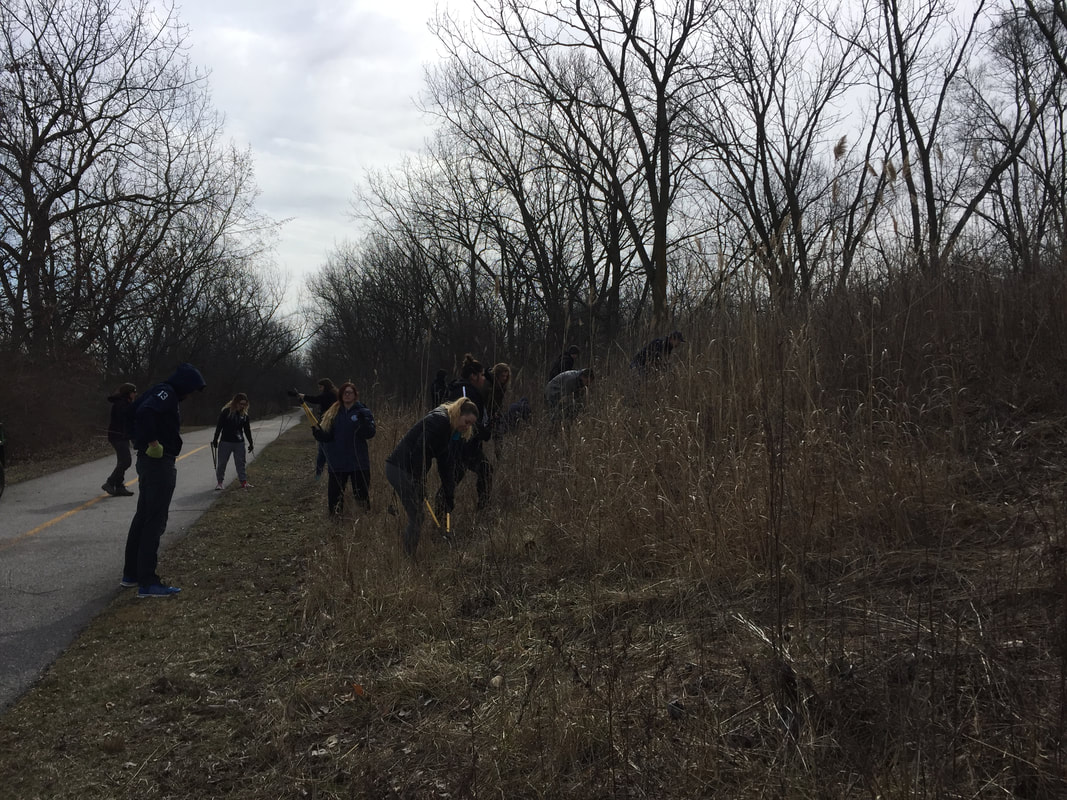
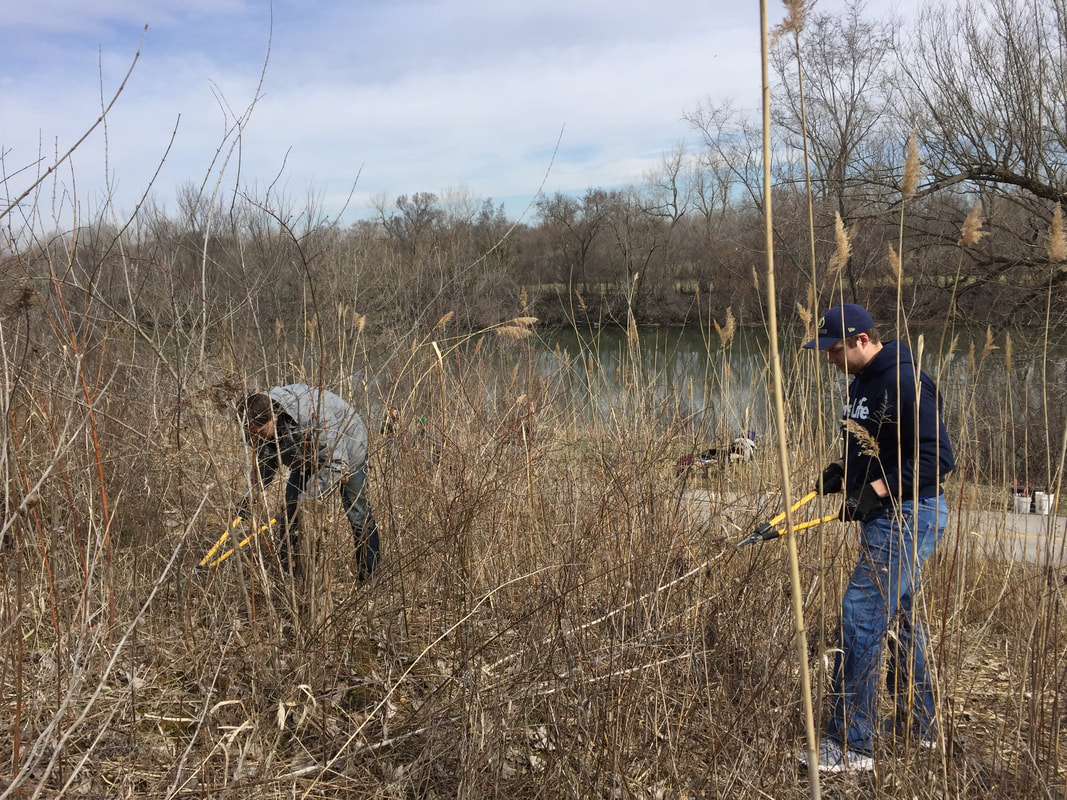
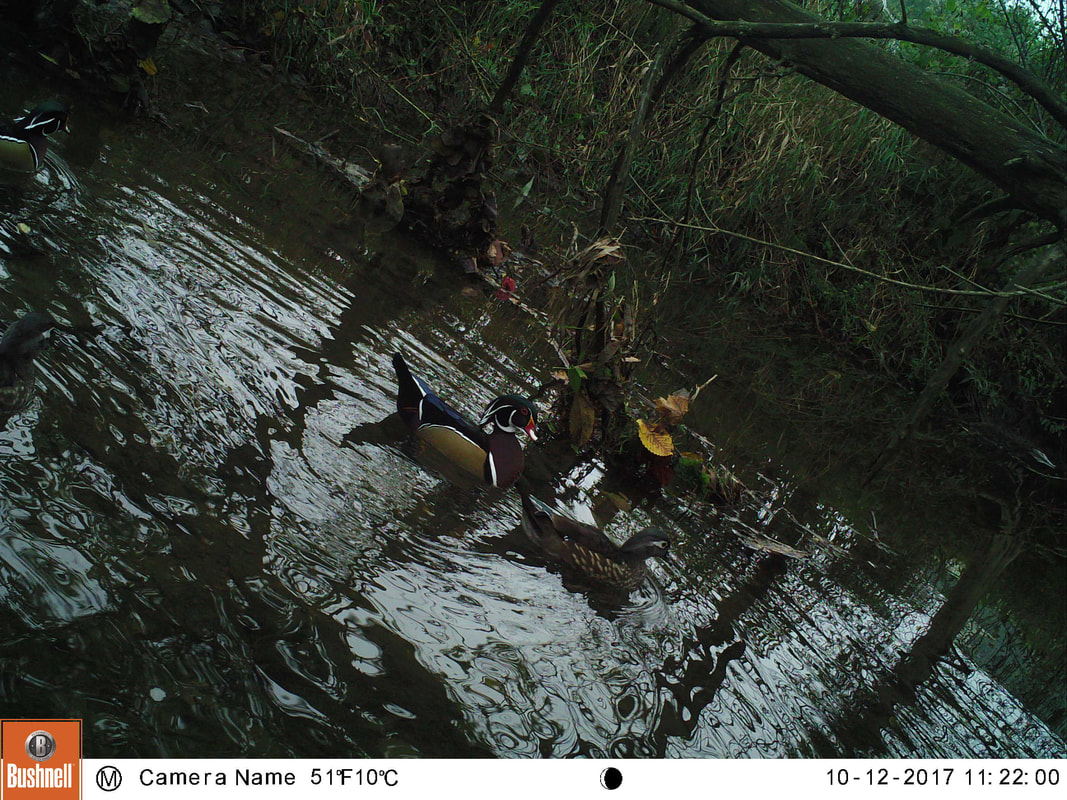
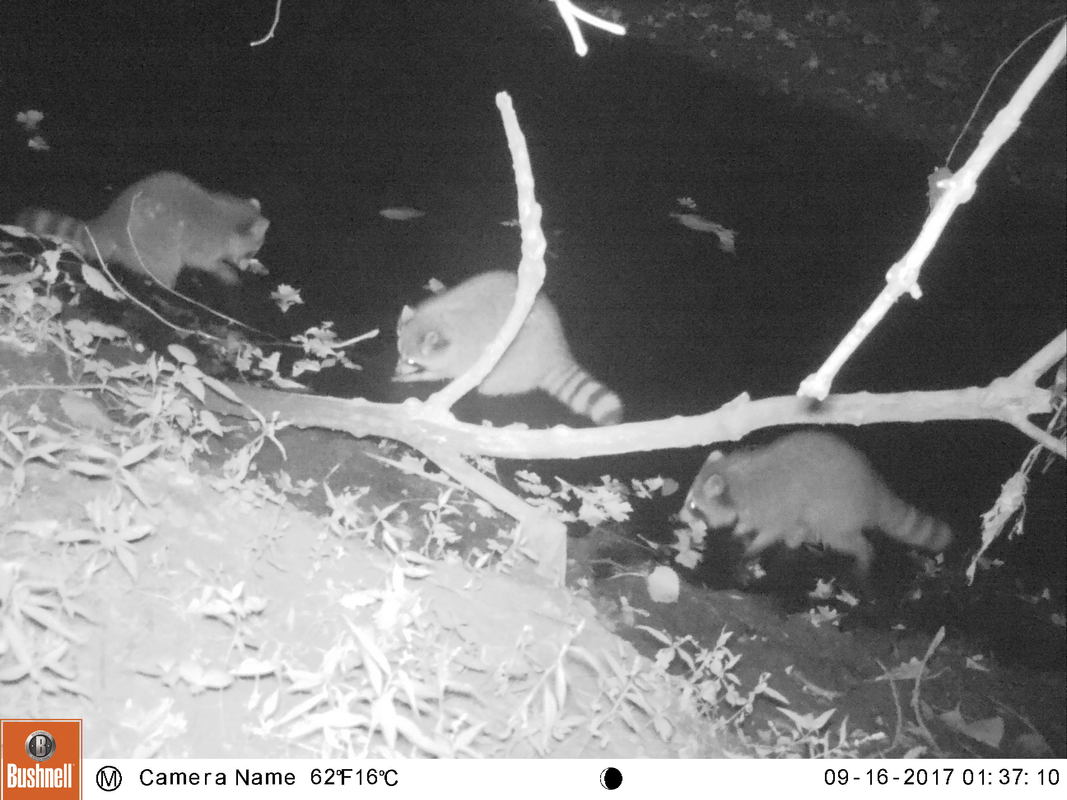
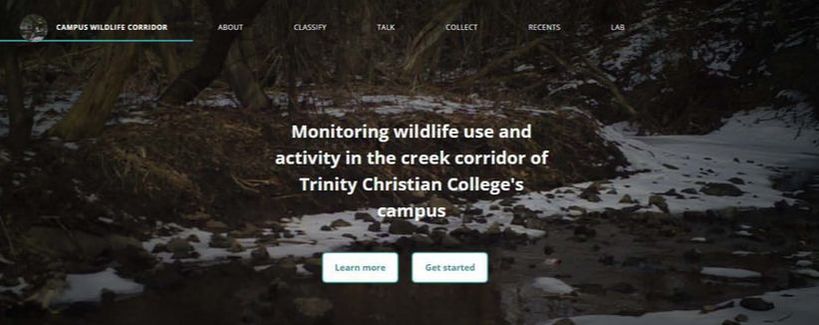
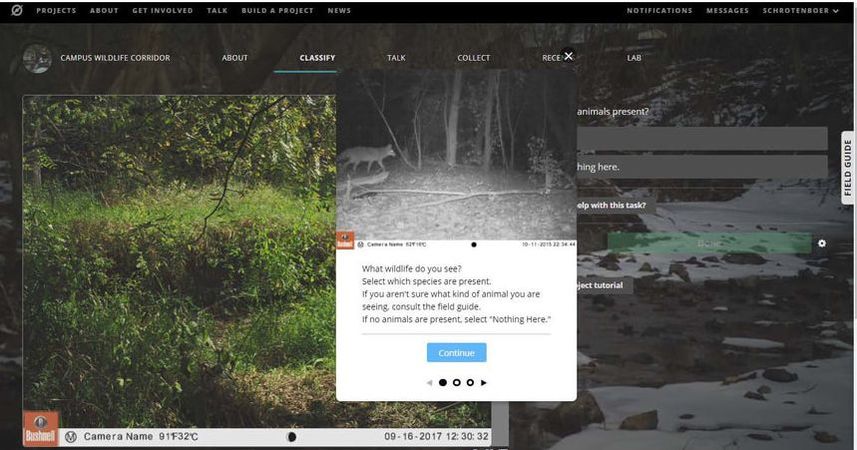
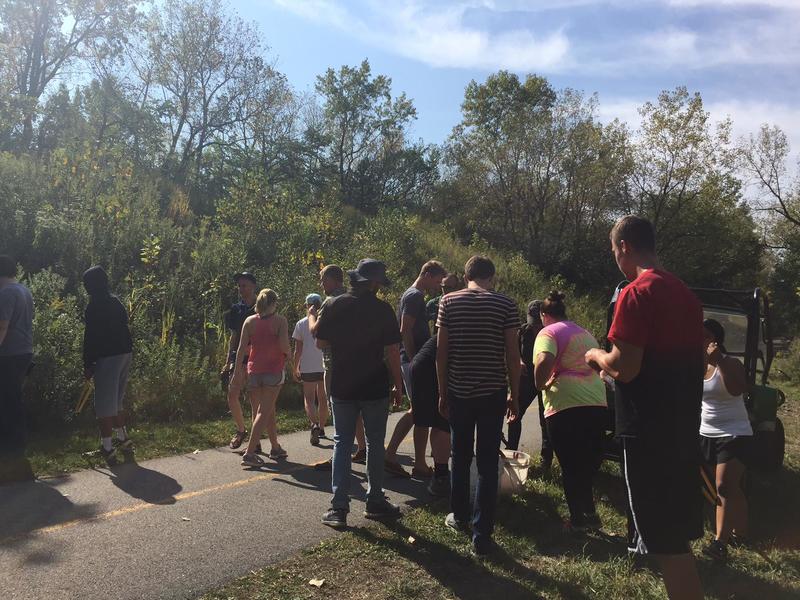
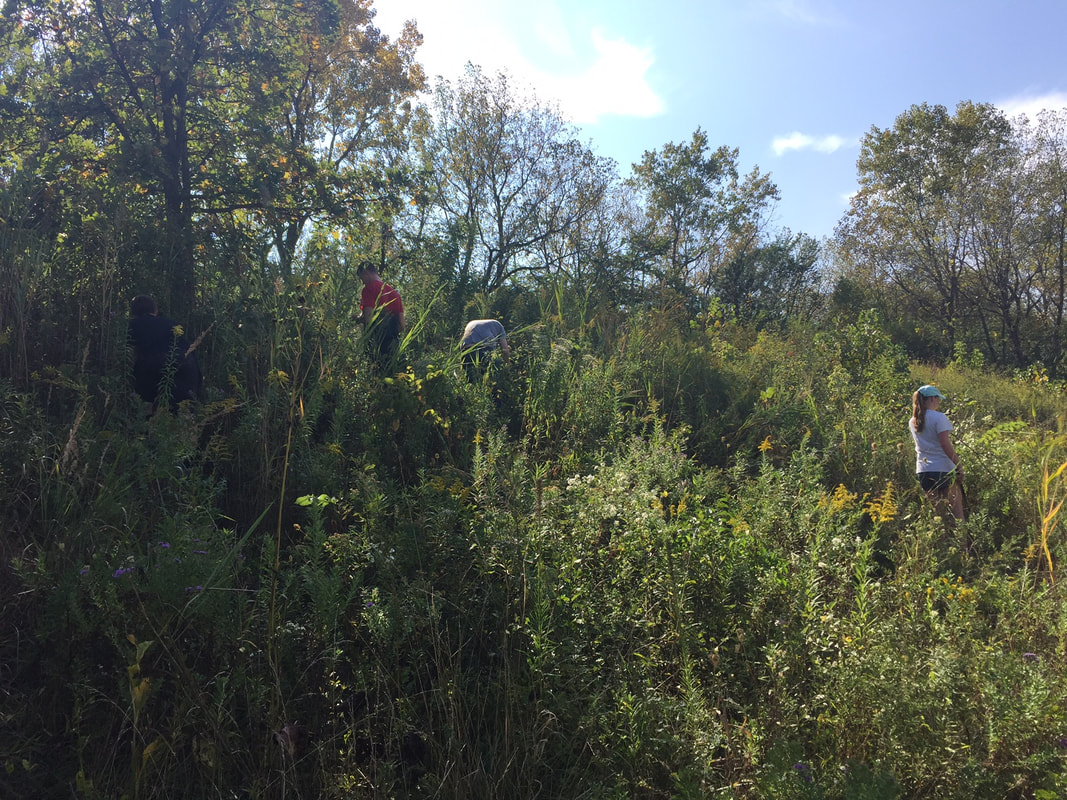
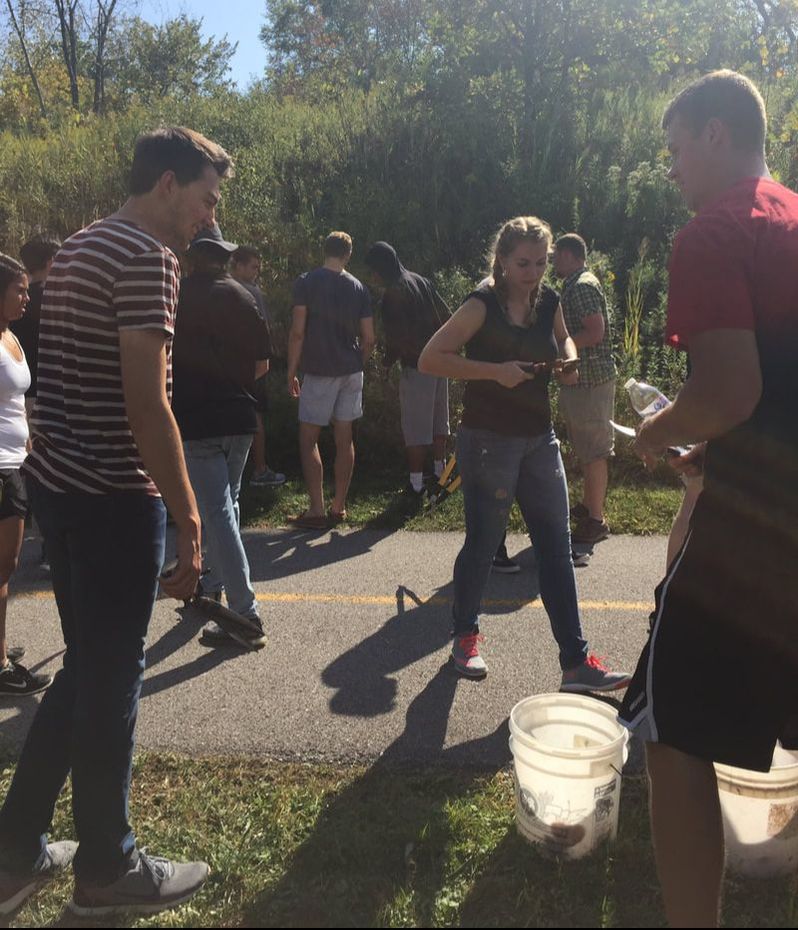
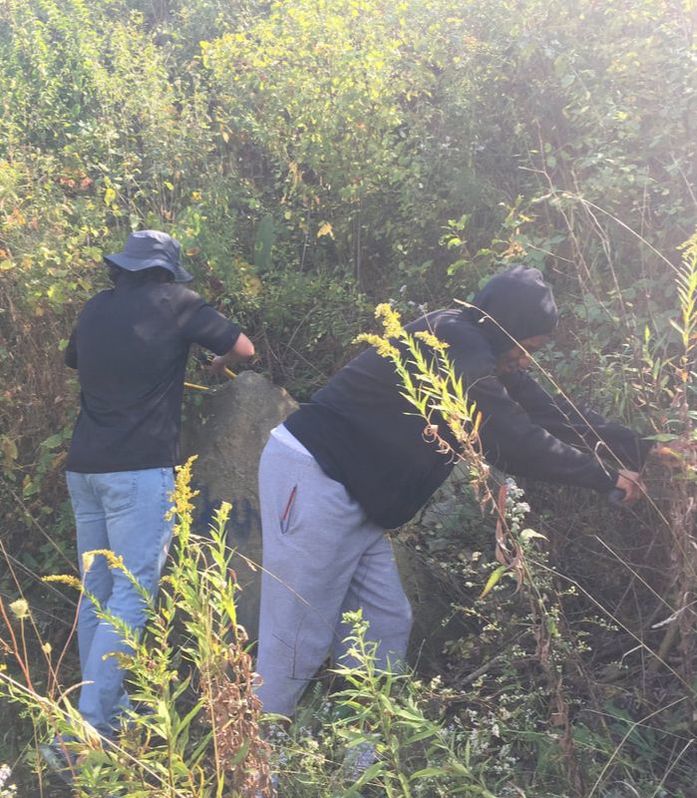



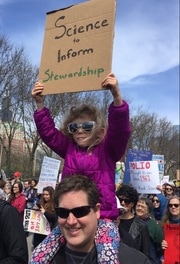
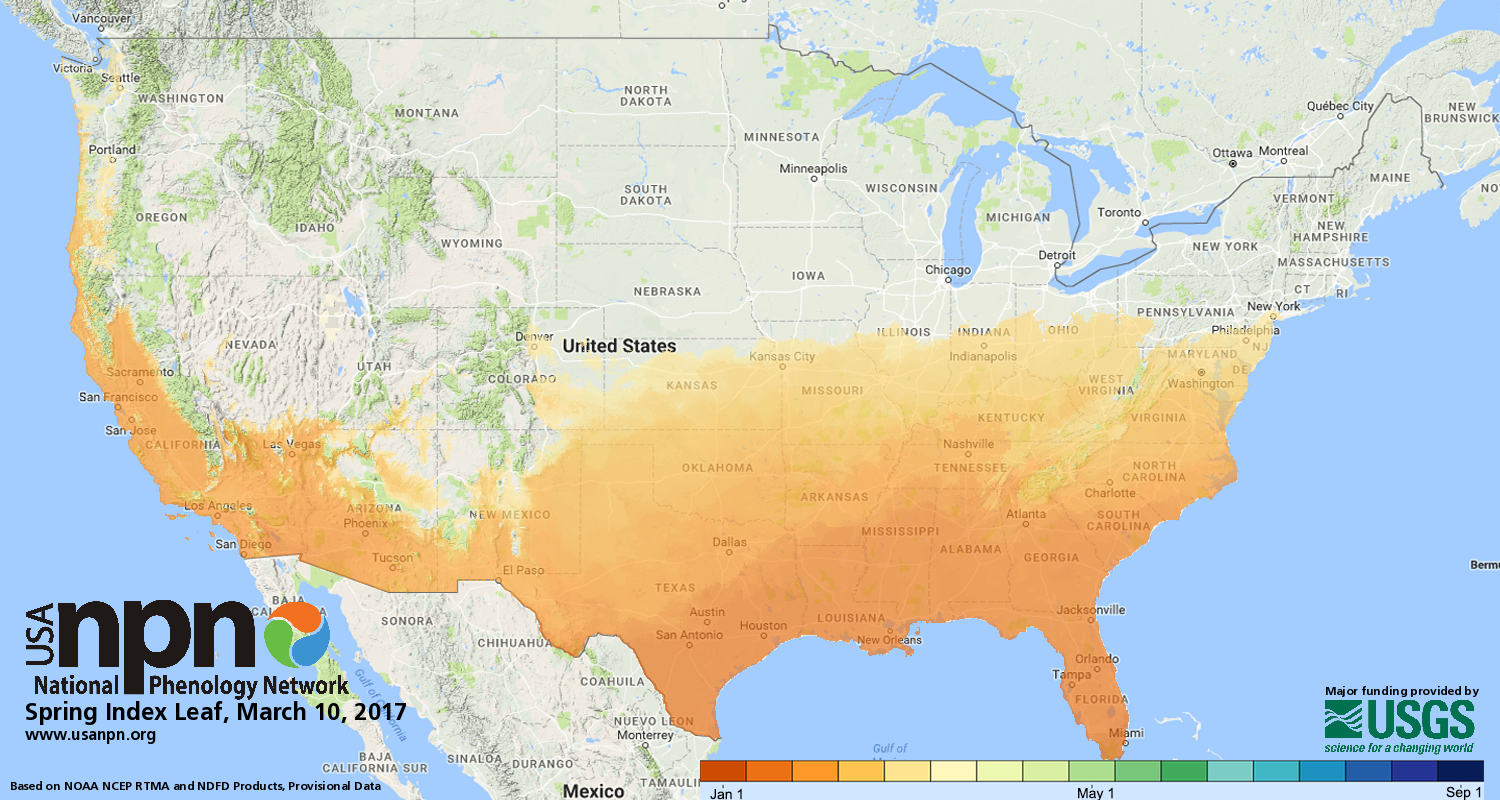
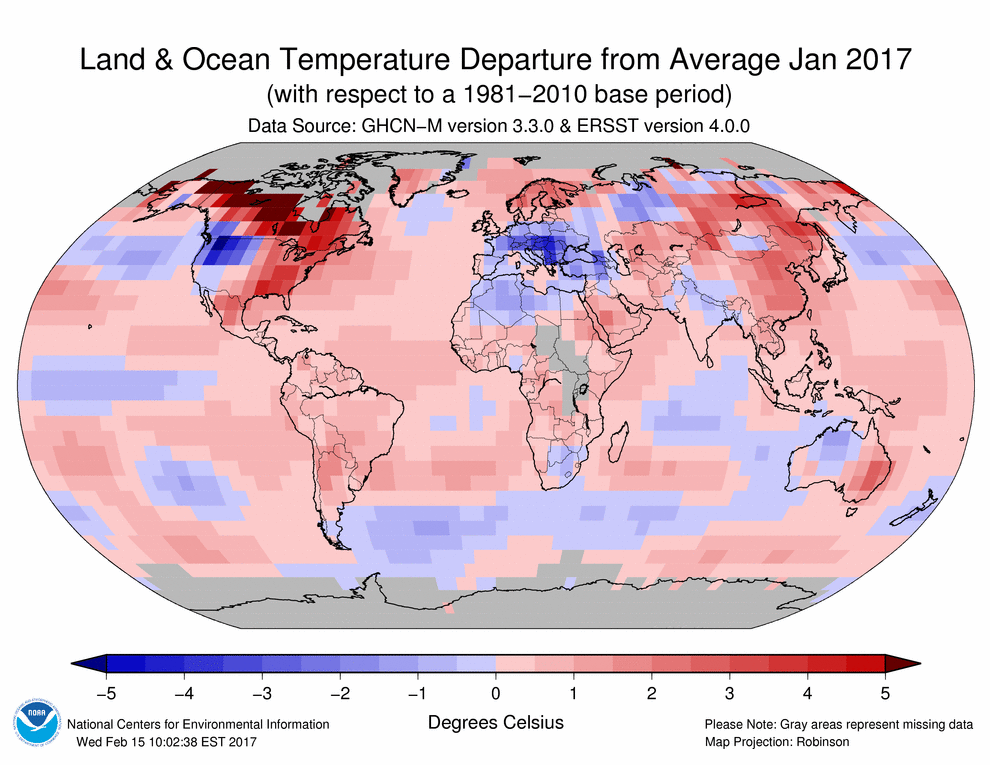
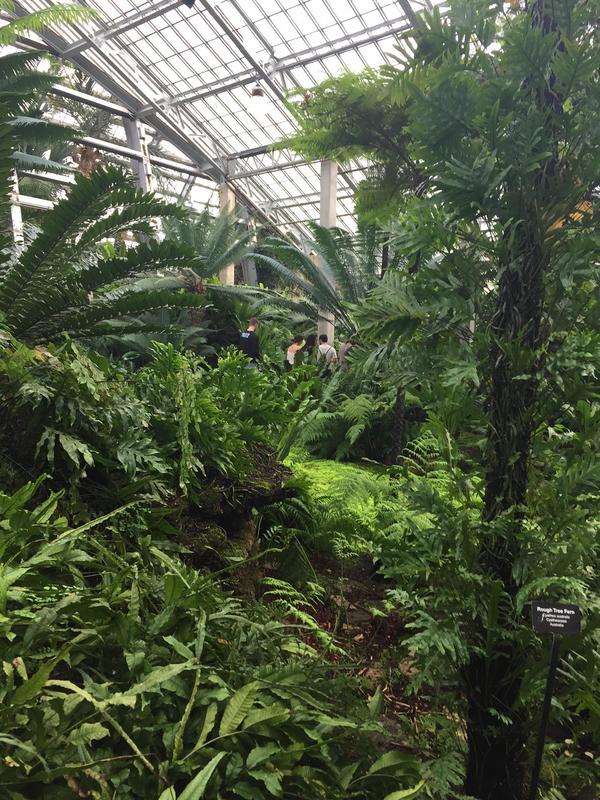
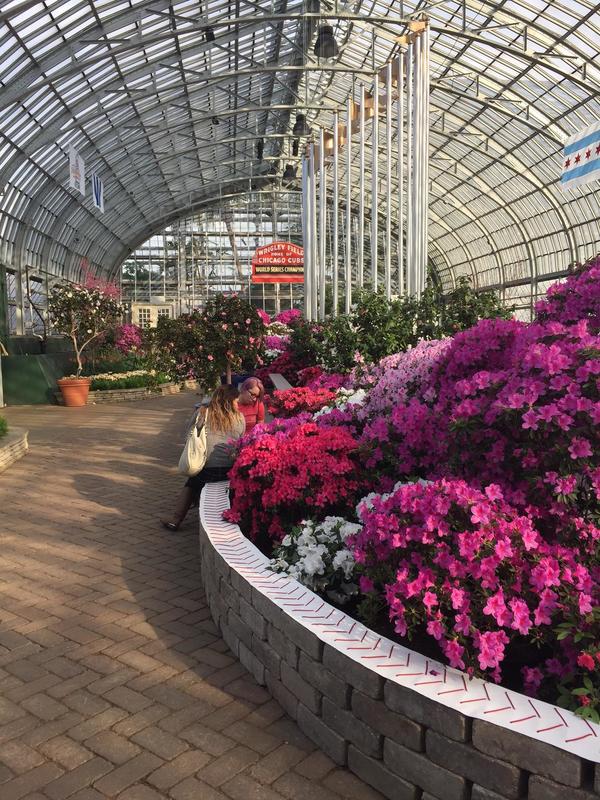
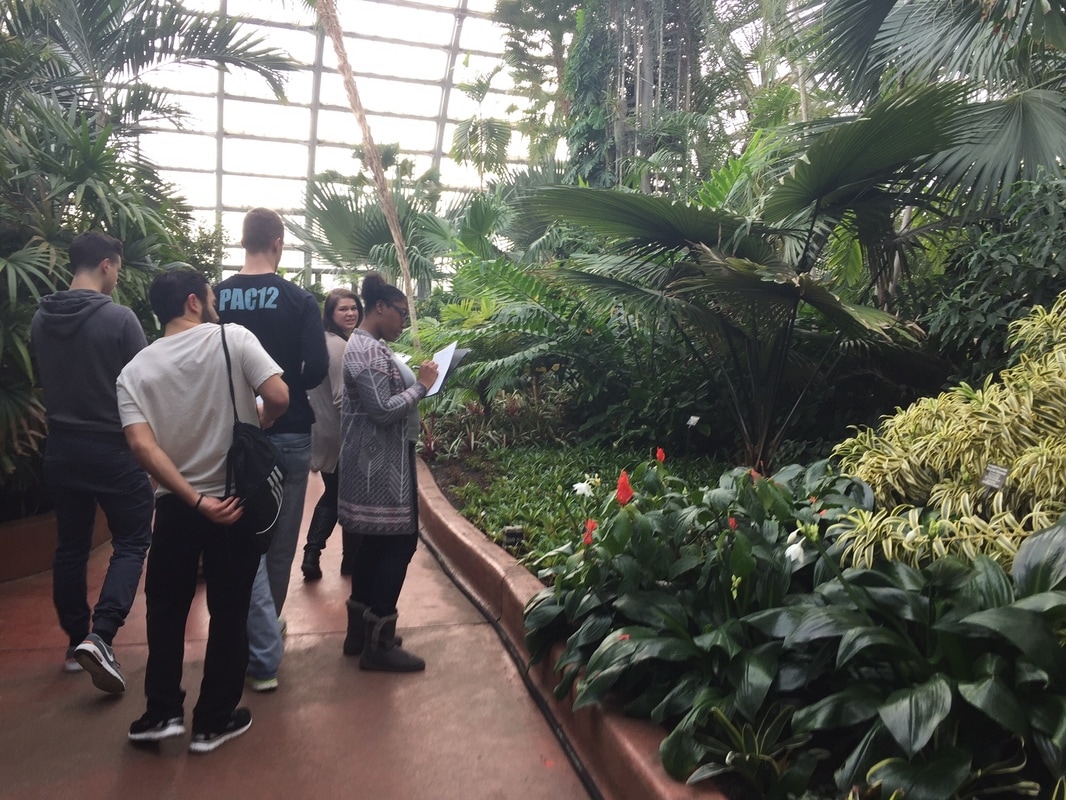
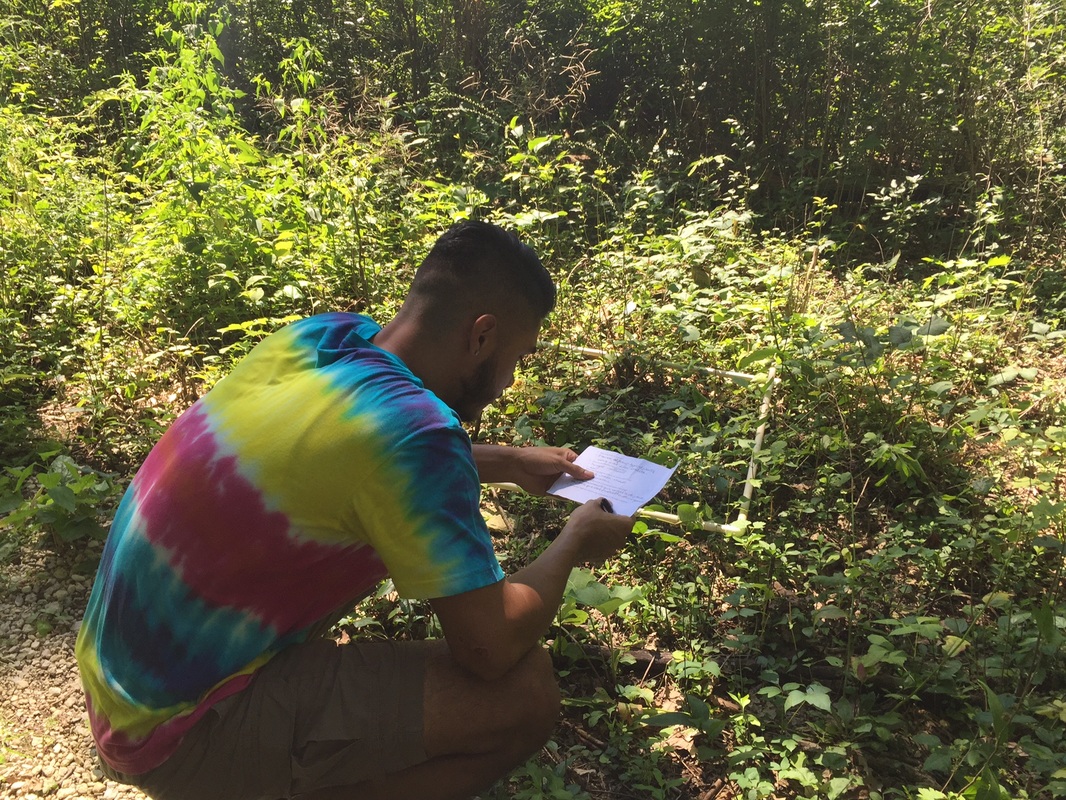
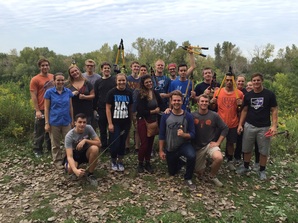
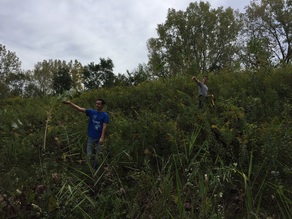
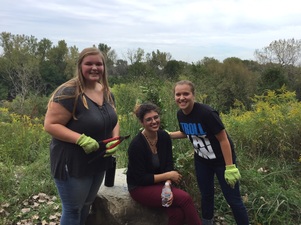
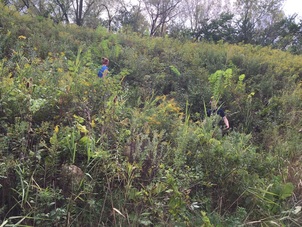
 RSS Feed
RSS Feed
